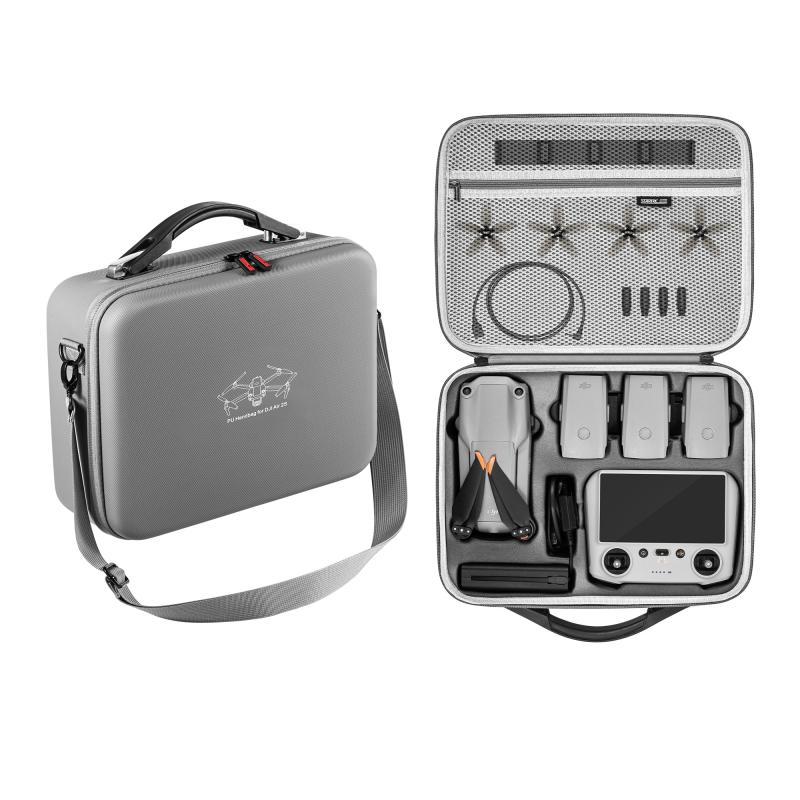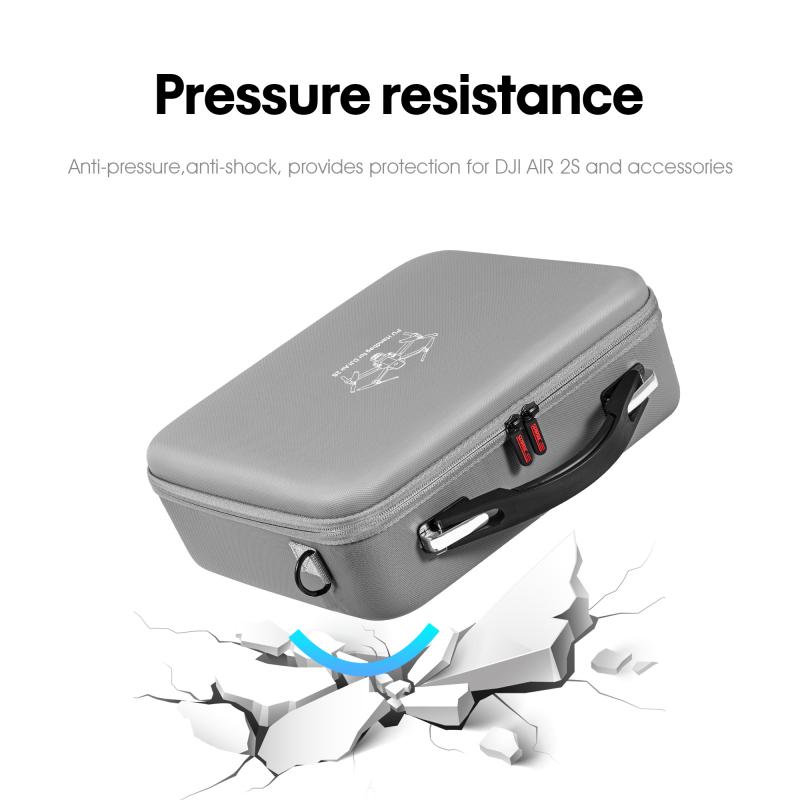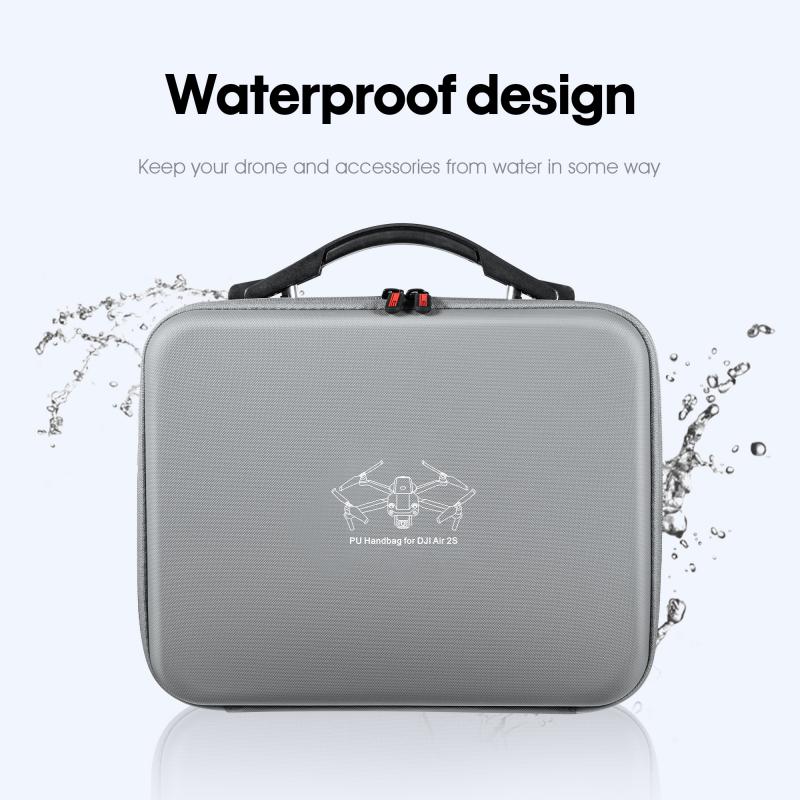How To Make Your Own Drone?
In the ever-evolving world of technology, creating your own drone is an exciting and rewarding endeavor. It blends fun with substantial learning about engineering, electronics, and aerodynamics. Making a drone from scratch allows you to customize and tailor it according to your specific needs, whether it's for recreational flying, aerial photography, or educational purposes. This article will guide you through the essential steps and considerations for building your own drone from start to finish.
Understanding Drones and Their Components

Before diving into the construction process, it's imperative to understand the basic components of a drone:
1. Frame: The frame serves as the skeleton of the drone. It's important to choose a sturdy yet lightweight material such as carbon fiber or aluminum, which ensures durability and efficiency.
2. Motors: Drones typically use brushless motors known for their efficiency and longevity. The number of motors (usually four) defines your drone as a quadcopter. However, other configurations like hexacopters (six motors) and octocopters (eight motors) exist for various applications.
3. Propellers: These play a pivotal role in lift and maneuverability. They must be balanced and matched appropriately to the motor specifications to ensure stable flight.
4. Electronic Speed Controllers (ESCs): These components regulate the power supplied to the motors, translating control signals into motor speed variations.
5. Flight Controller: This is the drone's brain, receiving input from the pilot and onboard sensors to control motors and stabilize the drone.
6. Battery: Lithium-Polymer (LiPo) batteries are the standard due to their high energy density and lightweight properties. Battery capacity is a significant factor in determining flight time.
7. Transmitter and Receiver: For remote piloting, a reliable transmitter and receiver set is necessary. They enable communication between the pilot and the drone.
8. Additional Sensors: Depending on the purpose of your drone, additional sensors like GPS, accelerometers, and cameras might be integrated.
Step-by-Step Guide to Building Your Drone

Step 1: Planning and Design

- Purpose and Design: Clearly define your drone's purpose. Are you building it for speed, load carrying, or maybe to improve your skills in drone technology? This will influence the choice of components and design decisions.
- Research: Familiarize yourself with various drone models and technologies by exploring forums, videos, and tutorials. Platforms like DIY Drones and RCGroups can provide invaluable insights.
- Components Selection: Using your defined purpose, select components that complement each other. Ensure compatibility and quality; investing in reliable parts will facilitate overall performance and safety.
Step 2: Assembling the Frame

- Frame Assembly: Follow instructions carefully to assemble the frame. Make sure it's square and check for flaws that could cause vibrations or structural weaknesses.
- Mounting Motors and Propellers: Attach motors securely to the frame using appropriate hardware. Ensure that propellers are attached correctly, observing motor rotation direction, as incorrect installation can impede performance.
Step 3: Wiring and Electronics
- Soldering: Proficiency in soldering is essential. The connections between the ESCs and the motors need to be secure. Poor connections can lead to power losses or failures.
- Installing the Flight Controller: Mount the flight controller, ensuring it's level and aligned with the drone's axis. This positioning is crucial for maintaining stability during flight.
- Connection Setup: Interconnect all components—connect ESCs to the flight controller, and the receiver as well. Ensure cables are tidy to avoid obstruction or damage during flight.
Step 4: Configuring the Software
- Firmware Installation: Load the appropriate firmware on the flight controller. Open-source platforms like Betaflight or Ardupilot offer extensive community support and customization options.
- Calibration: Calibrate sensors accurately. This includes accelerometers, gyros, and compass calibration, crucial for flight stability and responsiveness.
- Settings Adjustment: Adjust PID values tailored to your drone's characteristics for a balanced and responsive control.
Step 5: Testing and Flying
- Pre-Flight Checklist: Before your maiden flight, inspect every component. Ensure propellers are free of damage, all solder joints are solid, and the frame is rigid.
- Initial Testing: Conduct initial tests in a controlled environment. Test the responsiveness of controls, verify that all sensors work correctly, and ensure the drone hovers steadily.
- Fine-Tuning: Post initial tests, further adjust the flight controller settings to refine handling and control in various conditions.
Troubleshooting and Maintenance
Despite meticulous planning, building a drone is not without challenges. Common issues include motor synchronization problems, unstable flight, and connectivity failures. Here's how to address these:
- Motor Issues: Check ESC calibration and firmware updates. Double-check the soldering and wiring connections to ensure no loose fittings.
- Flight Stability Issues: Recalibrate sensors and ensure weight distribution is even. Adjust PID values for better control response.
- Connectivity Problems: Ensure firmware and software compatibility between the remote and flight controller. Maintain clear radio and receiver connections.
Maintaining your drone includes regular inspections of mechanical and electronic components, replacing worn-out propellers, balancing them correctly, and periodically updating the firmware.
Building your own drone is both an educational journey and a test of patience and skill. It provides an in-depth understanding of how drones work and allows for creativity and innovation in design and application. While the process requires a fair degree of planning and technical knowledge, the reward is a fully customized flying machine tailored to your needs and preferences. Remember, safety is paramount. Always adhere to local regulations regarding drone operations and conduct test flights in safe, open areas. Happy flying!
